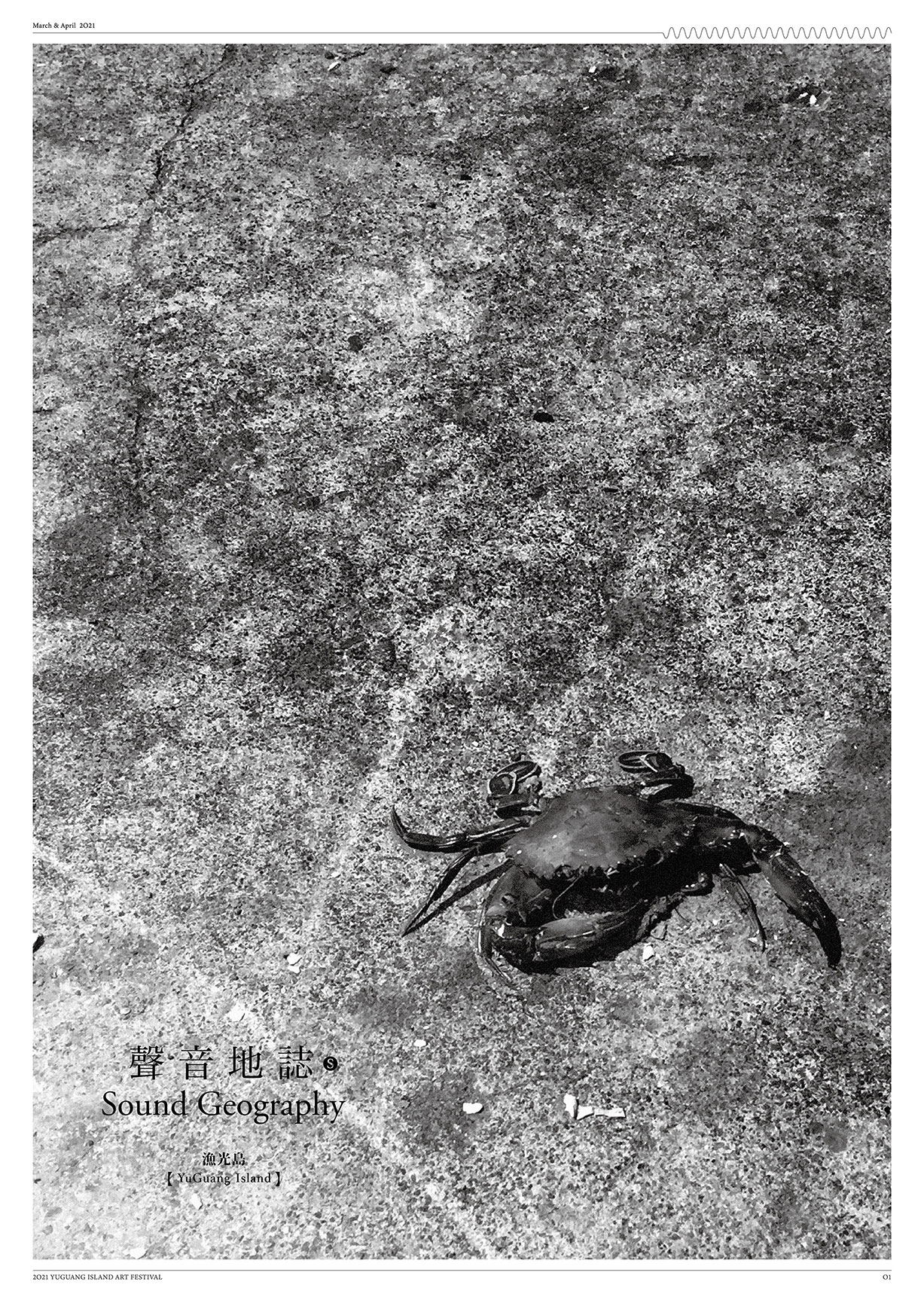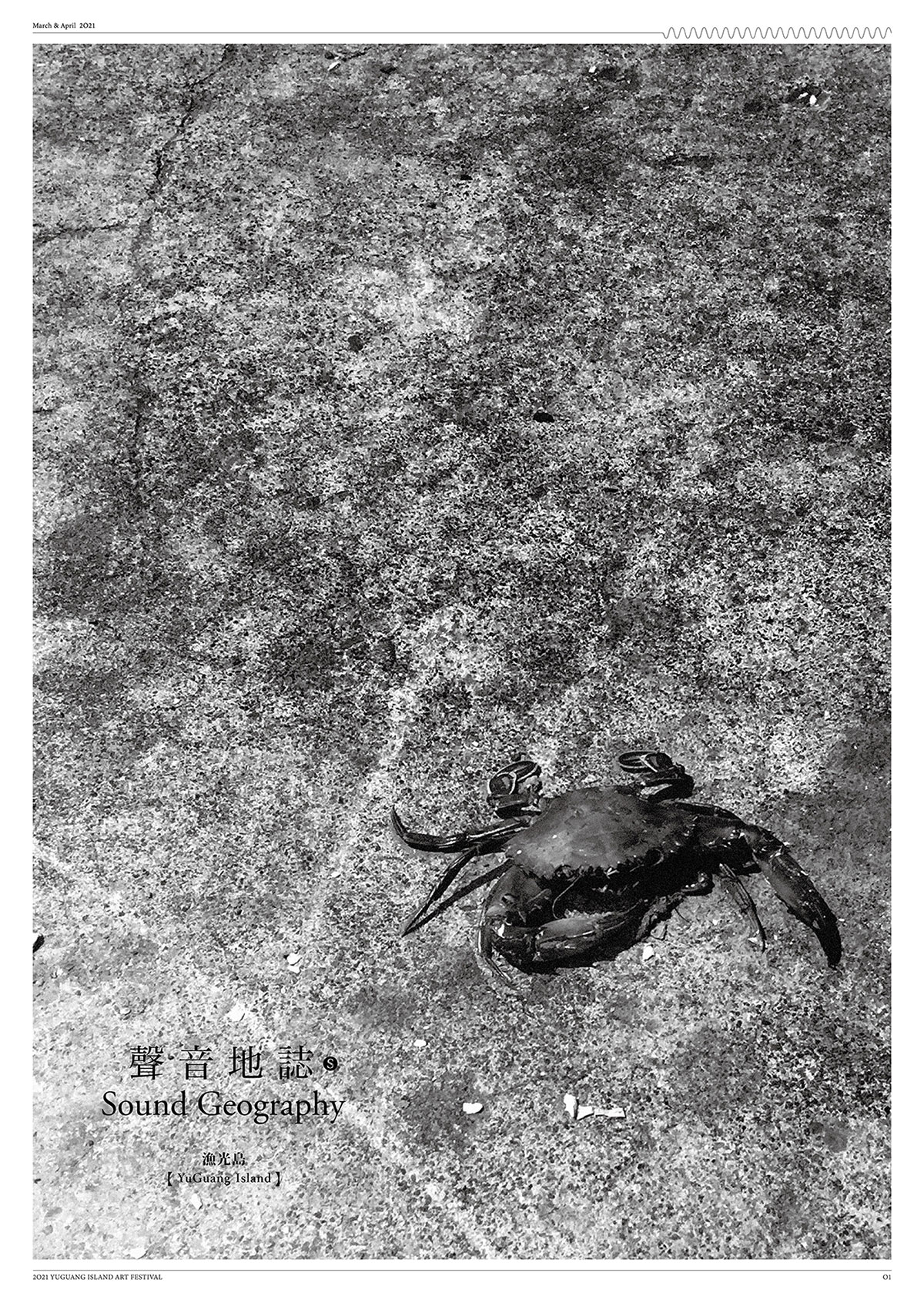Chihhung LIU

Sound Geography
- 2015-2022, giclée print mounted on dibond, mixed media, sound installation.
- Dimensions variable.
- Courtesy of the artist, photo credit: TKG+Projects.
Curatorial Perspective
Sound Geography is a long-term art project developed by Chihhung Liu. It comprises a “voice-drawing database” recorded and accumulated over many years. In this project, the invisible sounds are rendered visible by developing physical senses into an auditory organ to perceive various sounds, along with the artist’s verbal accounts, numerous interviews, images, and transformed sketch lines. Moreover, the artist has conducted field surveys over a long period of time to gather local stories and cultural history from different Taiwanese cities, and has connected the “auditory and visual” experiences from varying regions, delineating the interconnection between locality and land. Consequently, these sounds can even be deemed as the “articulation” of land from different places. Sample collection for this project took place between 2015 and 2018, with editing and publishing completed for Yamaguchi, Japan; Beitou/Kaohsiung/Hengchun and coastal areas of Kaohsiung/Hengchun/Tainan, Taiwan; Davao, the Philippines; Kota Kinabulu, Malaysia; Seri Begawan, Brunei; and Sydney, Australia. From 2019-2021, production/publishing was carried out for The Shape of Sound and Sound Geography S: Yuguang Island in Taoyuan and Tainan, Taiwan, respectively. This time, includes selected chapters, sketches, sounds, and images from Taiwan (including the coastal areas of Kaohsiung, Hengchun, and Tainan; Beitou; and other areas). the art project is shown statically through the publication of the project, combined with an exhibition space enriched by wall murals and four-channel sounds from various sound-gathering sites. The system of murals and sounds produces an immersive environment showcasing both sounds and the environment. Additionally, the multimedia presentation comprising sketch drawings, hand-painted murals, and samples of sound materials, features a collection of sounds in chapters of the project centering on Taiwan, which engenders collectively a trans-sensory experience that shatters the barrier between “object and self,” while conveying history, land, and the viewpoint of all things are sentient.
Creation Description
For the Sound Geography project, publications based on a gradually expanding “sound texture database” have been produced. By developing the “human body” into an auditory organ that perceives sounds and voices, the possibility of “visualizing what we hear” is explored and supplemented by the connections and transformations of verbal accounts, interviews, images, and abstract/figurative sketches. Local people, events, and stories serve as the inspiration for writings and the collection of relevant information and sound materials. In each local environment, there is a rich cultural heritage and through recording/archiving, the connections between the experiences of “hearing and seeing” are studied, in an attempt to present comparative samples from different cities and regions. Sample collection for this project took place between 2015 and 2018, with editing and publishing completed for Yamaguchi, Japan; Beitou/Kaohsiung/Hengchun and coastal areas of Kaohsiung/Hengchun/Tainan, Taiwan; Davao, the Philippines; Kota Kinabulu, Malaysia; Seri Begawan, Brunei; and Sydney, Australia. From 2019-2021, production/publishing was carried out for The Shape of Sound and Sound Geography S: Yuguang Island in Taoyuan and Tainan, Taiwan, respectively. This time, includes selected chapters, sketches, sounds, and images from Taiwan (including the coastal areas of Kaohsiung, Hengchun, and Tainan; Beitou; and other areas).

